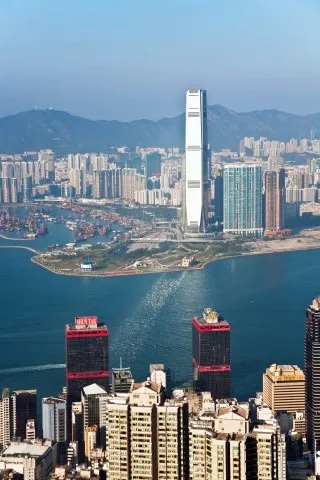
2016 Asia real estate activity full of capital flowing to core space
Flight to safe haven markets also cited.
Real estate activity in Asia next year will reflect a continuation of trends seen in 2015 – an abundance of capital flowing to core space, as well as a flight to safe havens in the region’s most developed and liquid markets.
According to a release from PwC and the Urban Land Institute, this observation is based on Emerging Trends in Real Estate Asia Pacific 2016, a real estate forecast they jointly published.
Survey respondents ranked Hong Kong fifteenth for investment prospects and fourteenth for development, placing the city near the middle of the list of the 22 markets covered by the report. Emerging Trends notes that the city traditionally does not get high marks because of the scarcity of prime commercial assets for sale, and the high prices for the few properties that do become available.
Still, the report says that interest may be picking up, as evidenced by two large transactions in 2015 involving purchases by sovereign wealth funds. This optimism is limited to the central business district (CBD), which has benefited from Chinese financial companies opening offices there. However, the outlook is relatively pessimistic for the retail sector, which has been affected by a steep drop in Chinese tourists; and sentiment is glum regarding the residential sector, which now features some of the highest prices in the world.
Here's more from PwC and the Urban Land Institute:
“Hong Kong’s rankings have improved from the same report released last year (Hong Kong was ranked twenty-first for both investment prospects and development), as survey respondents show an interest in investing in the commercial sector under the low-interest-rate environment. Despite the uncertainties in the local economy and markets, investors are keen on the city’s high-quality real estate. The government’s scheme of converting aging industrial stock in East Kowloon into revitalised office buildings also presents potential investment opportunities,” said KK So, Asia Pacific Real Estate Tax Leader, PwC.
“The local government aims to establish Hong Kong as the regional hub for Chinese and multinational companies. At the same time, the national government’s strategies, such as ‘One Belt One Road’, add extra impetus to the globalising trend of Mainland corporations. As a consequence, Hong Kong’s position connecting China and the rest of the world will be strengthened. We foresee the prospects for Hong Kong’s commercial property market will be boosted by a steady stream of Chinese and international financial enterprises setting up their offices here in the long run.”
Looking at the Asia-Pacific region, Japan and Australia remain the favorite countries for investment and development, with Tokyo, Sydney, Melbourne and Osaka taking four of the top five spots for promising markets in the region. Ho Chi Minh City, rated fifth, rounds out the list of most favored markets.
“Asia’s real estate markets are the product of almost eight years of easy money from the world’s central banks. Although easing in the U.S. may be ending, both Japan and the European Union continue to provide liquidity, while interest rates in many Asian countries are lower than one year ago,” said ULI North Asia Chairman Raymond Chow, Executive Director, Hongkong Land Limited in Hong Kong.
“This, combined with an allocation of capital from both local and global institutional investors, is resulting in more and more money chasing fewer and fewer real estate assets. This is pushing up prices across most markets and sectors, even as the current industry cycle appears to be winding down. We can expect this to continue throughout 2016, with the most attention being paid to the markets perceived as offering certainty in terms of low risk and satisfactory returns.”
“As the bull market in Asian real estate enters its seventh year, the positive atmosphere is encouraging investors to sell assets purchased years ago in the wake of the global financial crisis. Our report finds that investors are increasingly opting to take profits and exit from deals made in recent years. Opportunistic returns lie in Japan, where cheap debt and high leverage provide outsized profits, and in China, where developers are in need of capital and liquidity is in short supply. Meanwhile, investors with an eye on a possible peak in the cycle are attracted to the safety of core assets in gateway cities,” said Mr KK So of PwC. “In terms of capital flows, investors continue to see increases in capital movements from Asia to real estate markets elsewhere in the world. The main contributor to this trend is China, where institutional, corporate, and private capital is buying mainly in Australia, Japan and the United States.”
Emerging Trends, released today during a ULI Hong Kong event, provides an outlook on Asia Pacific real estate investment and development trends, real estate finance and capital markets, and trends by property sector and metropolitan area. It is based on the opinions of 343 internationally renowned real estate professionals, including investors, developers, property company representatives, lenders, brokers and consultants.



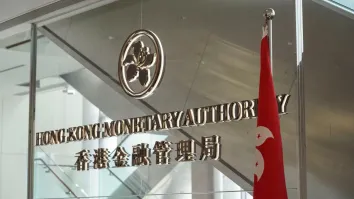

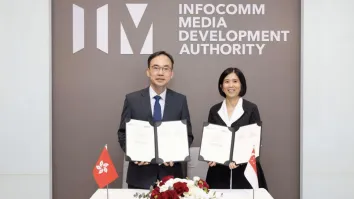
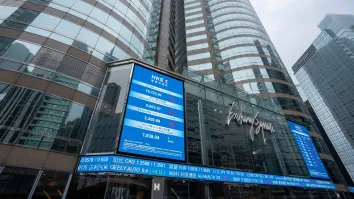








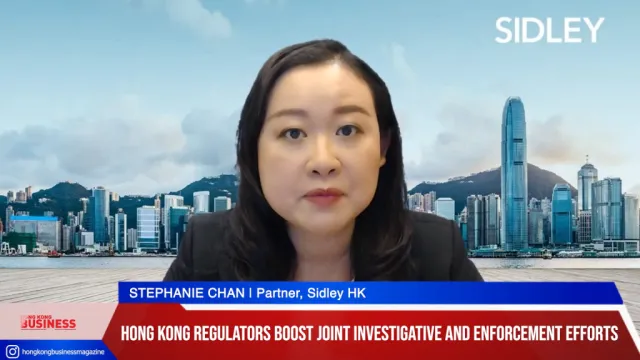
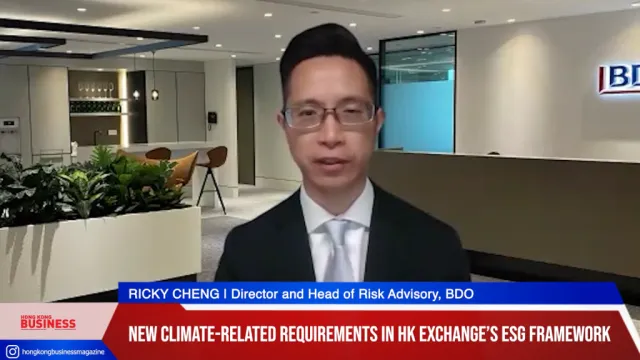
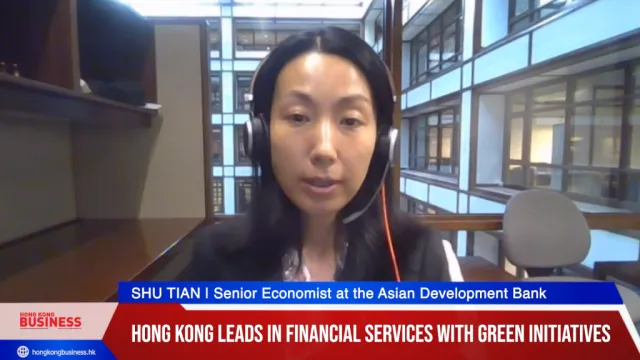

 Advertise
Advertise






